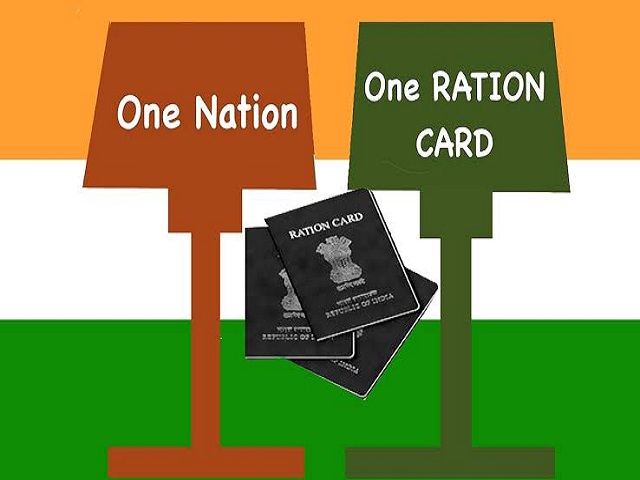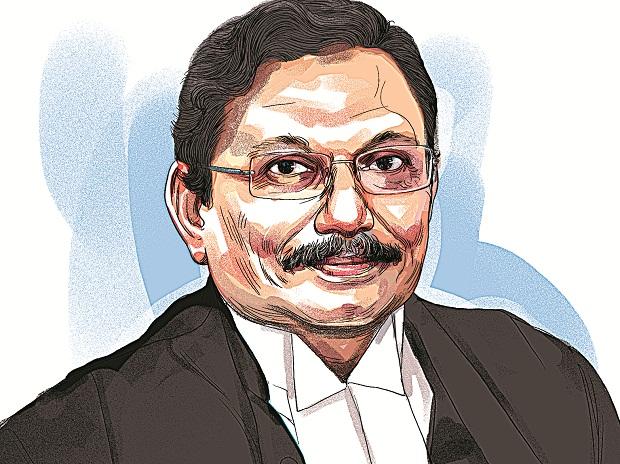Ache Din ! -UNICEF Says India is amongst the riskiest countries for newborns.
According to a recent report released by UNICEF on Tuesday, February 20, 2018, India is amongst the riskiest countries for newborns.
- It is the first time that the UN group has ranked countries on the basis of their newborn mortality rate
- Each year, some 2.6 million babies do not survive through their first month
- The report was released in conjunction with the launch of a global campaign, called Every Child Alive, aimed at ensuring “affordable, quality health care solutions for every mother and newborn”
- According to UNICEF, newborn survival is closely linked to a country’s income level. Globally, in low-income countries, the average newborn mortality rate (NMR) is 27, while in high-income countries the figure is only three. “This gap is significant,” the UN body notes. “If every country brought its NMR to the high-income average, or below, by 2030, 16 million newborn lives could be saved”
What was in the report?
- According to the report, India is not on track to meet the Sustainable Development Goal target for neonatal mortality of 12 by 2030. In order to meet the goal, the country will have to reduce its neonatal deaths by half in the next 12 years.
- On the list of “lower middle-income countries” that pose risk for newborns, India stands at rank 12 among the 52 countries
- The neonatal mortality rate of India is 25.4 deaths per 1,000 live births
- Neonatal mortality rates for Goa and Kerala is 10 per 1,000 live births
- Uttarakhand and Bihar have the neonatal mortality rate of 44 per 1,000 live births
- Uttar Pradesh, Bihar, Madhya Pradesh and Rajasthan account for 46% of all births and 57% of India’s neonatal death
Pakistan becomes riskiest country to be born in
Pakistan has a neonatal mortality rate of 45.6. A baby born in Pakistan – the country with the worst newborn mortality rate – faced a one in 22 chance of death.
Top riskiest countries
Out of the 10 highest-risk countries, eight are in sub-Saharan Africa.
These are the countries where “pregnant women are much less likely to receive assistance,” due to poverty, conflict or weak institutions, according to the report.
The eight sub-Saharan African countries are:
- Central African Republic
- Somalia
- Lesotho
- Guinea-Bissau
- South Sudan
- Cote d’Ivoire
- Mali
- Chad
Central African Republic has one in 24 chance of death; Mali and Chad have one in 28 chance of death, whereas Somalia, Lesotho, Guine-Bissau and South Sudan have a one in 26 chance of death.
How can the lives be saved?
More than 80 per cent of newborn deaths can be saved with:
- Access to well-trained midwives
- Provide clean water, disinfectants,
- Breastfeeding within the first hour
- Skin-to-skin contact
- Good nutrition
- Invest money in a smart way to improve health care
What are the major problems?
- Shortage of properly trained health workers and midwives
- Babies born to the poorest families are 40 per cent more likely to die than those who are born to the least poor
- Babies born to mothers with no education face nearly twice the risk of early death as babies whose mothers have at least a secondary education
Under-five mortality rate
Under-five mortality in India dropped below one million for the first time in 2016. It was recorded that 1.2 lakh fewer children below the age of five died in the country in 2016 than the previous year.
According to the records, under-five deaths in India had reduced by 66% between 1990 and 2015.
Interested in General Knowledge and Current Affairs? Click here to stay informed and know what is happening around the world with our G.K. and Current Affairs section.
To get more updates on Current Affairs, subscribe our free newsletter service .

 RCTC Ticket booking for 80 new trains begins today.
RCTC Ticket booking for 80 new trains begins today.  One NATION One Ration CARD
One NATION One Ration CARD  Bobde Sworn as 47th chief justice of India
Bobde Sworn as 47th chief justice of India  How to Effectively Cover Current Affairs for the Civil Services Exam
How to Effectively Cover Current Affairs for the Civil Services Exam  New Fund Offering by SBI MF – SBI Dividend Yield Fund
New Fund Offering by SBI MF – SBI Dividend Yield Fund  Bharti Airtel’s 5G user-base expands
Bharti Airtel’s 5G user-base expands  GK TODAY -HISTORY AT A GLANCE
GK TODAY -HISTORY AT A GLANCE